The culture of Portugal has its roots in the Celtic, Phoenician, African, Iberian, German and Roman cultures. The cultural differentiation of the Portuguese is manifested through the types of housing, religious manifestations, gastronomy, folklore, typical Portuguese sidewalks, tiles, dances, music, theaters, cinemas ... It is for all that it is worthwhile know all the corners of Portugal!
La région conserve des traces des civilisations attribuées les temps de proto et préhistorique pétroglyphes, des forts, des dolmens et tumulus, mais enregistre également des traces romaines, les Celtes, Suèves, Wisigoths et tant d'autres peuples qui habitaient ce territoire privilégié, laissant les monuments et marque que le temps n'a pas effacé.
Minho est la région portugaise où les traditions restent fortes et font partie de la vie quotidienne des gens et le folklore est l'exemple le plus vivant. Danses et chants de Minho sont une culture importante pour les touristes, où les couleurs et la joie du peuple sont contagieux et dispose d'un homme et une femme Minho.
Dances of verdegares the fandangos, by vulgar, malhoes and Caninhas-green, and the tricks, the most popular dance, thanks to the rhythm and the necessary vibrations of this one, the sound of the voices and the instruments which accompany it, composed drums, guitars, bracelets, cavaquinhos and brave concertinas. There is no one indifferent to this hymn of celebration of life, consecration of the spirit of celebration and harmony.
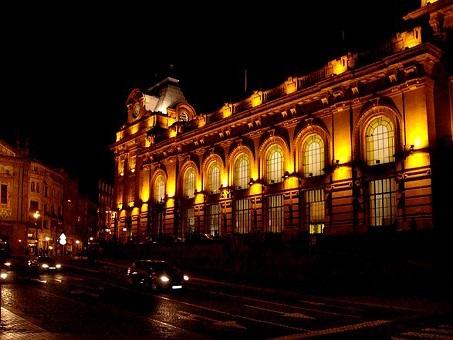
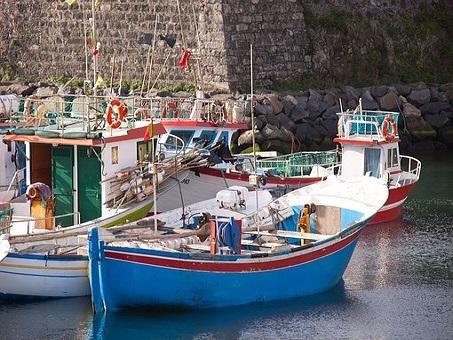
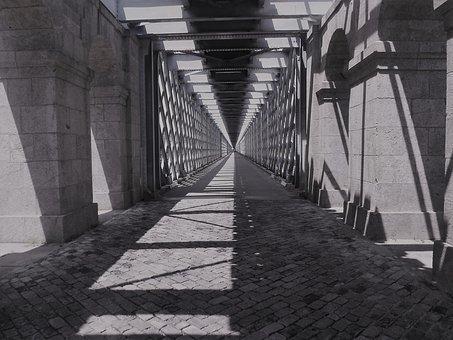
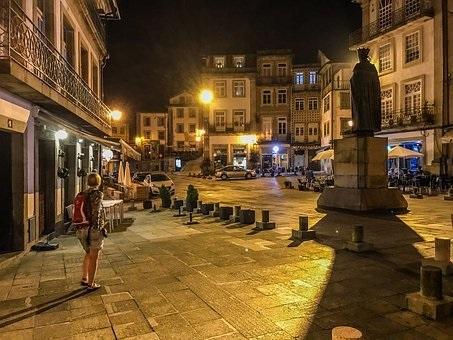
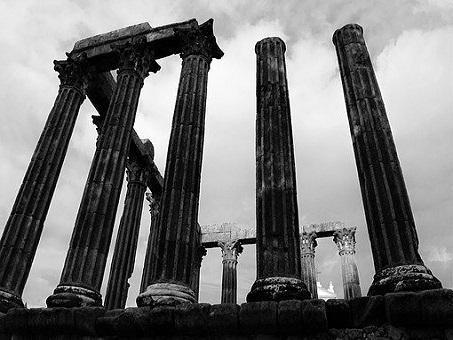
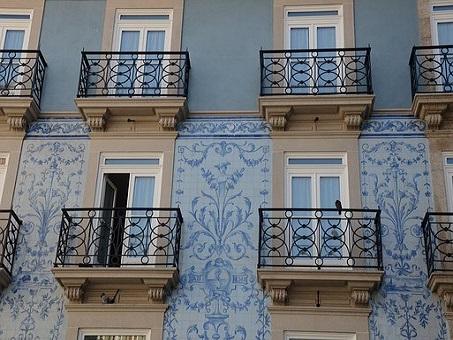
Architecture
Since the second millennium before Christ, there are important constructions in the Portuguese territory and it is possible to find many structures of different peoples (pre-Roman, Roman, Suevi ...
Portuguese architecture has always followed the trends of the rest of Europe, although it did so with some delay. It was only with Manuelino that a considerable level was reached, in the artistic avant-garde of the time, as this style makes a smooth transition between Gothic and Renaissance. During the reign of João V, Portugal had many buildings that are part of the Baroque Joanino. The Pombaline style is another style very specific to Portugal. This style, which is a mixture of late baroque and neoclassicism that developed after the great earthquake of 1755. Popular architecture marked the architecture of the 1950s, in the so-called "Smooth Portuguese" that prevailed until the end of Salazarism. The Portuguese sidewalk and tiles are two typical Portuguese architectural elements of the country. Currently, Portuguese architectural production is aware of what is happening in the international artistic environment, from which contemporary architects stand out. Source: pt.wikipedia.org
Music
Both traditional Portuguese music and classical and contemporary classical music are highly diverse and dynamic. The most traditional music portrays the country's culture and history; the other more recent ones arise from outside influences such as from Africa, Brazil or the United States. Source: pt.wikipedia.org
Portuguese folklore is very varied, as each region of the country has its traditions. Folk dances are popular dances for everyone. More recently, more erudite dances appeared, performed by professional dancers. These new dances arise from the growing openness to new cultures. Source: pt.wikipedia.org
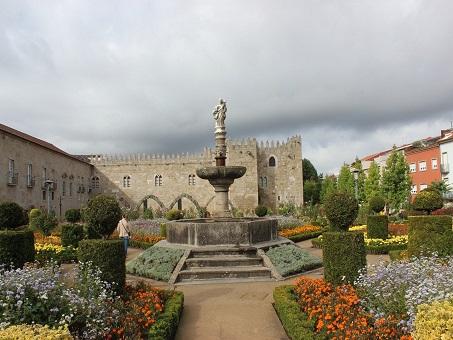
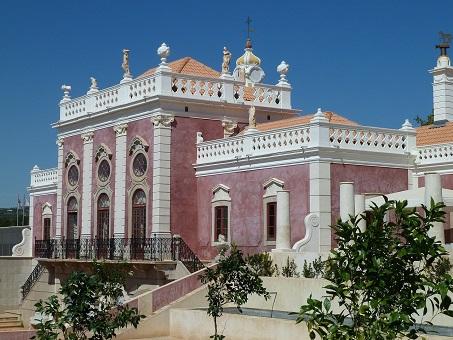
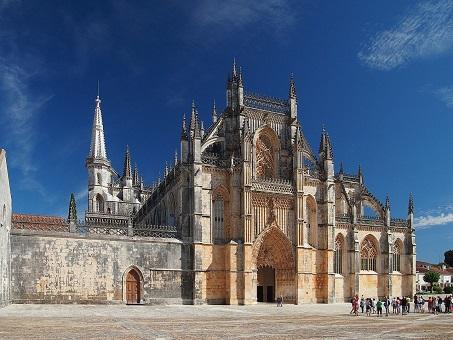
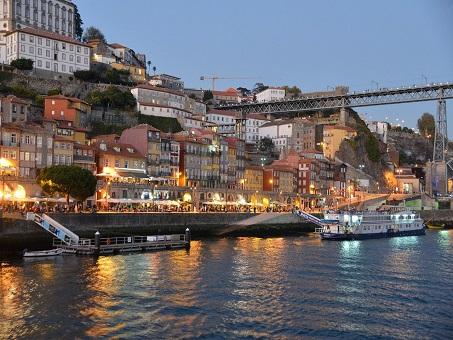
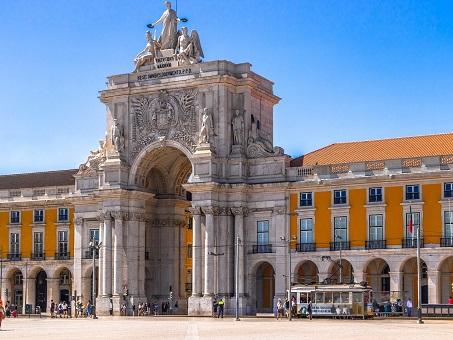
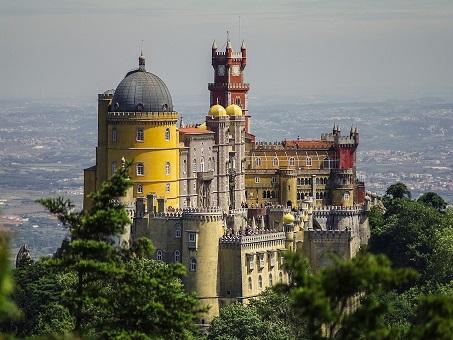
Cooking
Portuguese cuisine is recognized as one of the most varied in the world, even though it is restricted to a small geographical area, showing Mediterranean influences (including the so-called "Mediterranean diet") but also Atlantic, as is visible in the quantity of fish traditionally consumed. Much has changed since Strabo referred to the Lusitanians as a people who ate acorns. The basis of Mediterranean gastronomy, based on the trilogy of bread, wine and oil, is repeated throughout the national territory, adding vegetables, as in various soups, and fresh fruits. Meat and offal, mainly pork, also make up a set of regional dishes and snacks, where sausages stand out.
With the advent of maritime discoveries, Portuguese cuisine quickly integrated the use, sometimes almost excessive, of spices and sugar, in addition to other products, such as beans and potatoes, which were adapted as essential products. Note that the variety of regional dishes is found even in restricted areas. Two neighboring cities can present, under the same name, dishes that can differ greatly in the form of cooking, even though they share the same basic recipe. Generalizations are not always correct: the different regional cuisines vary widely in the same region. Source: pt.wikipedia.org